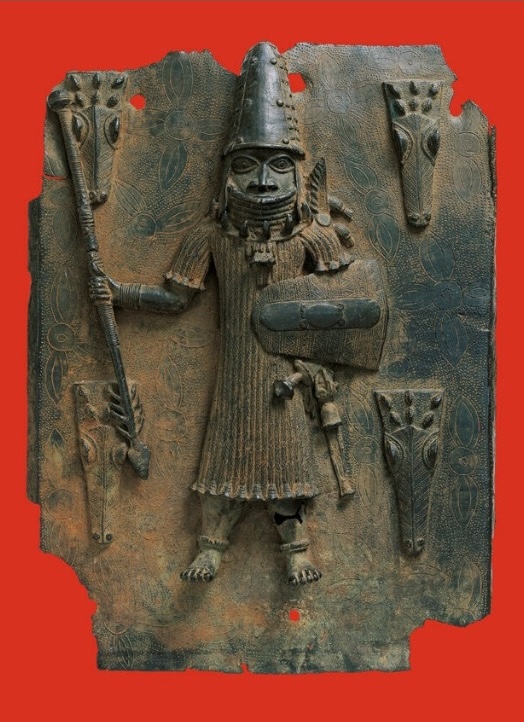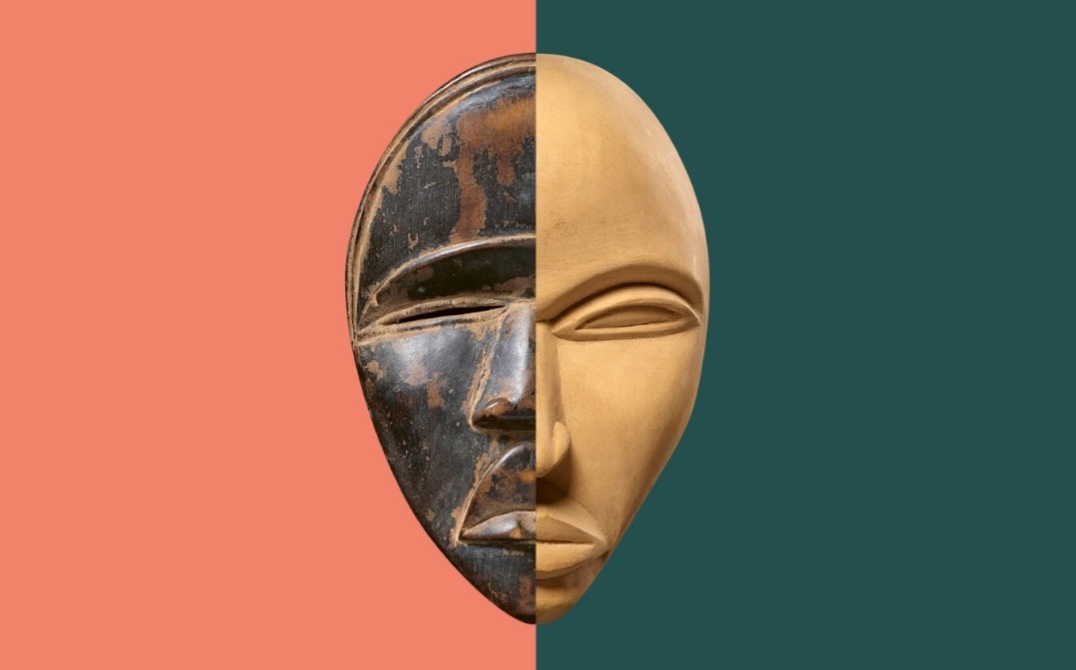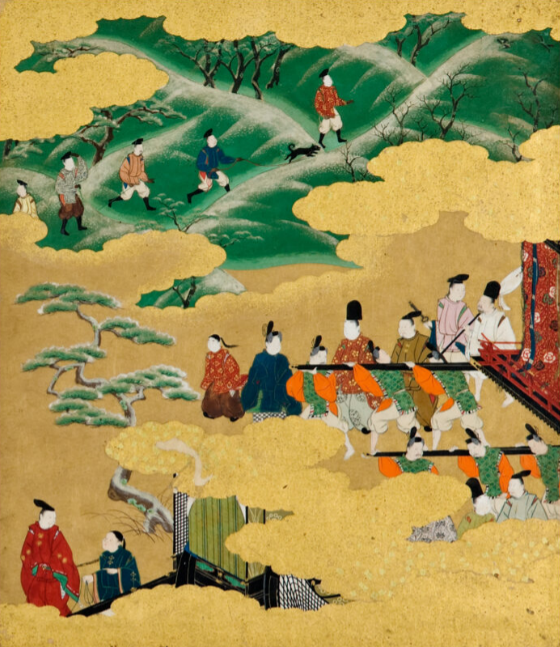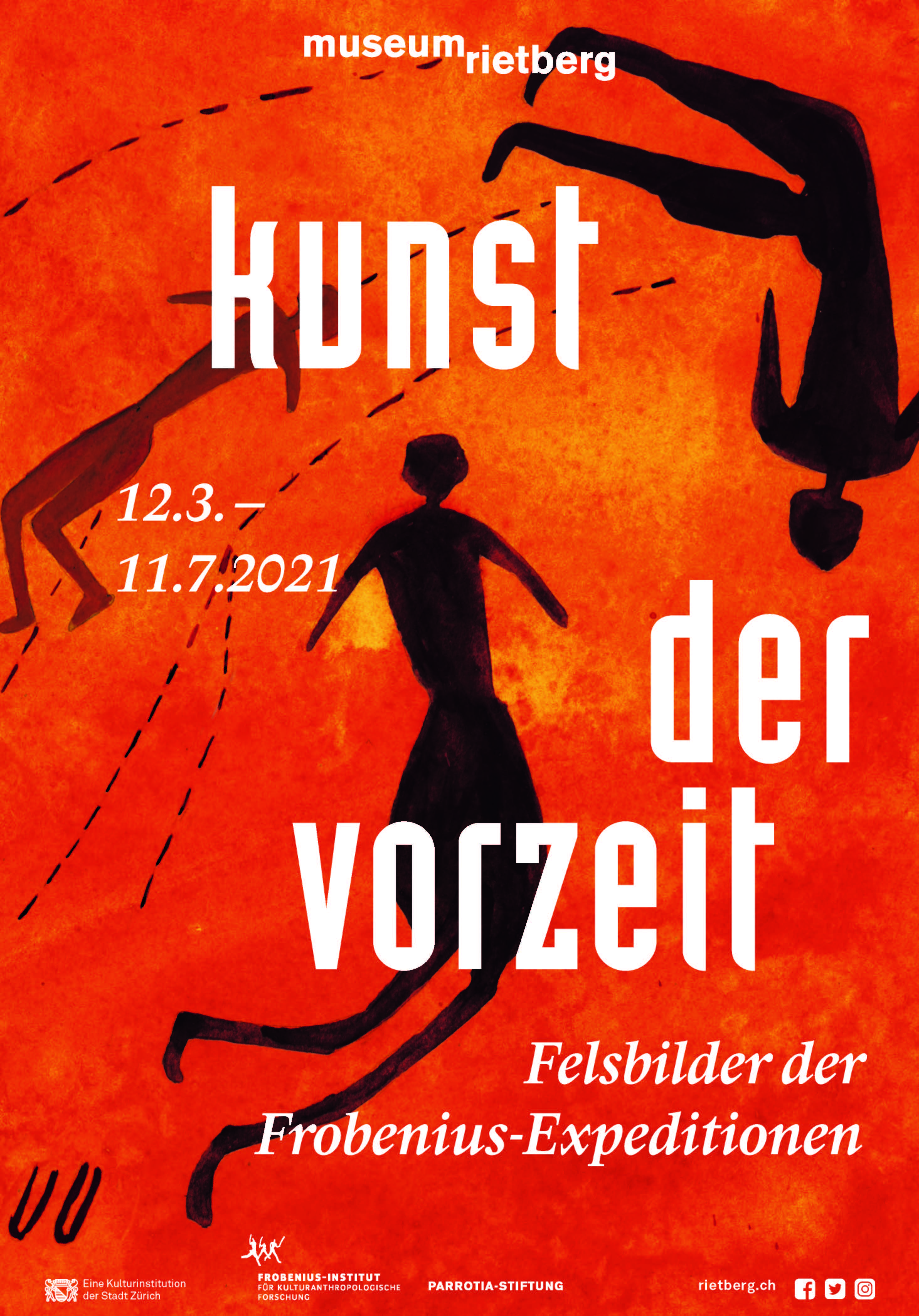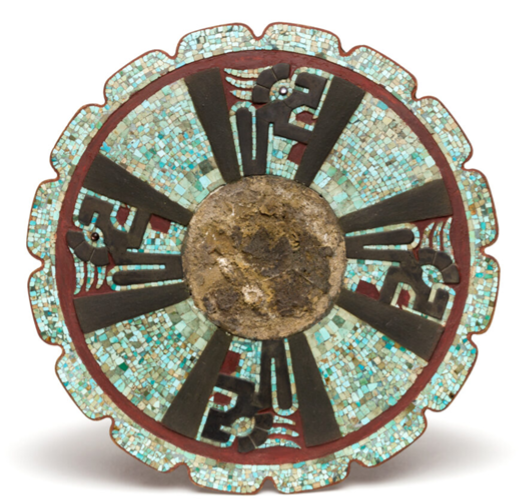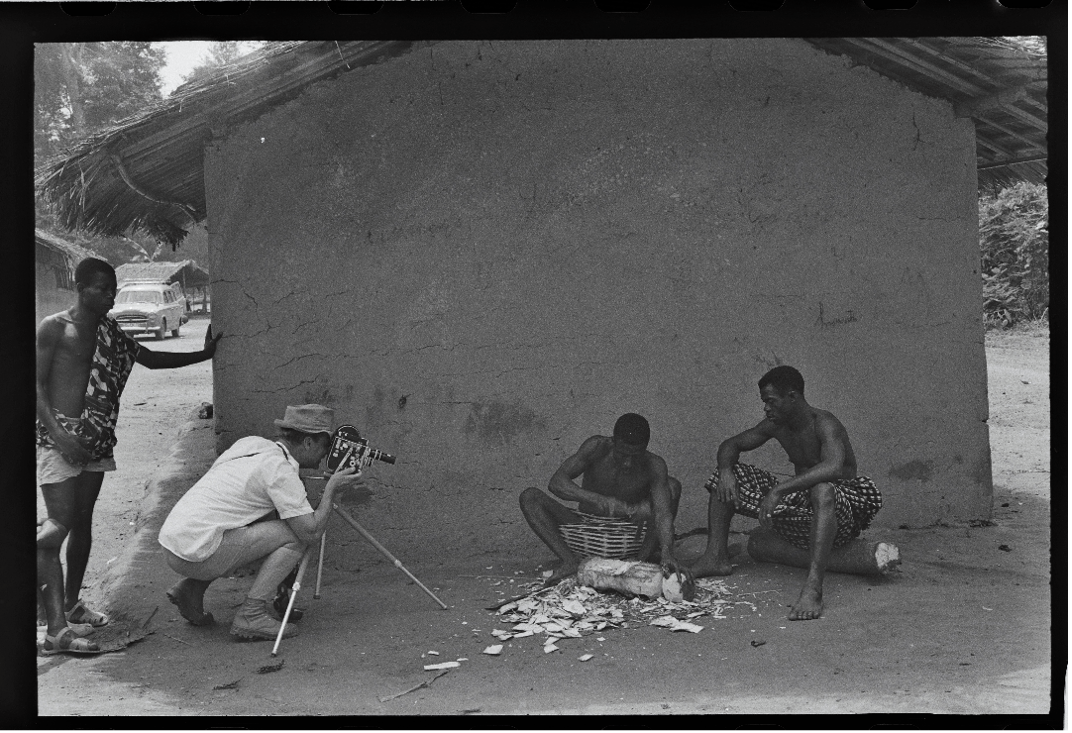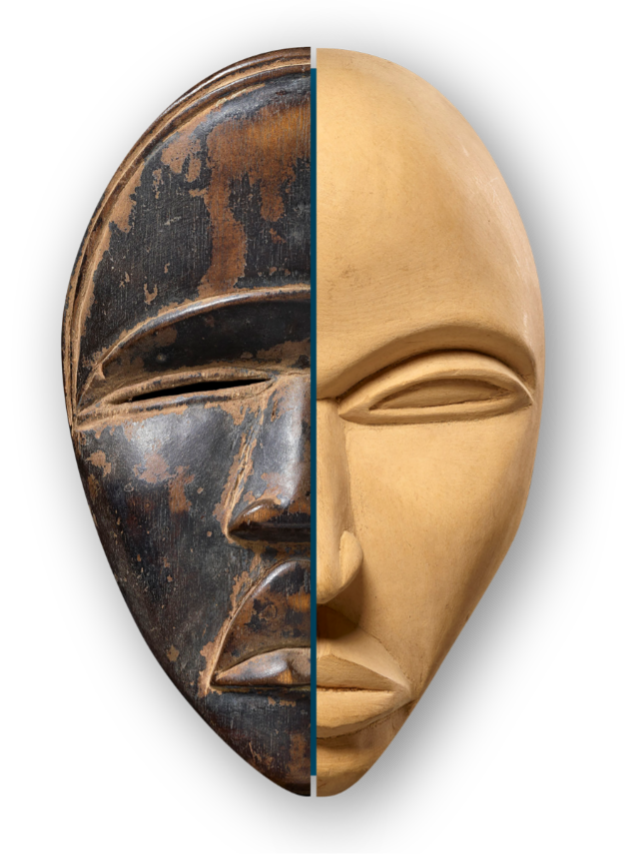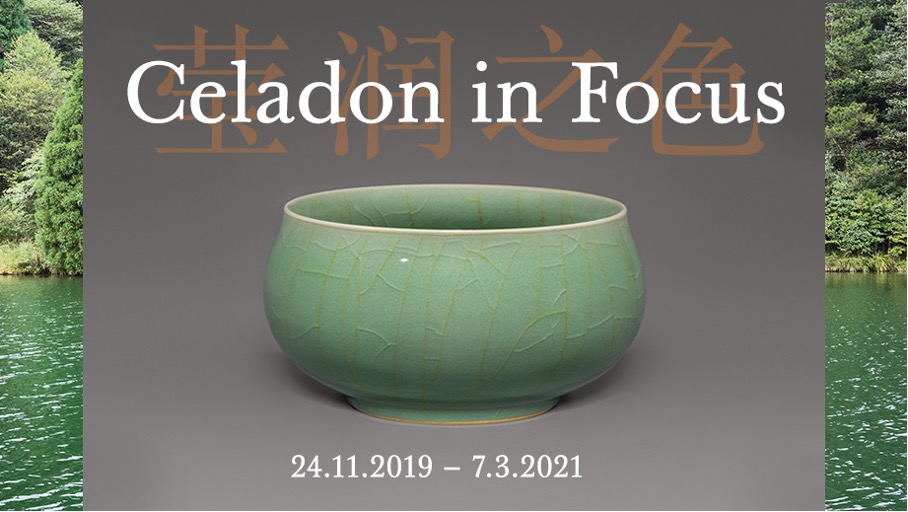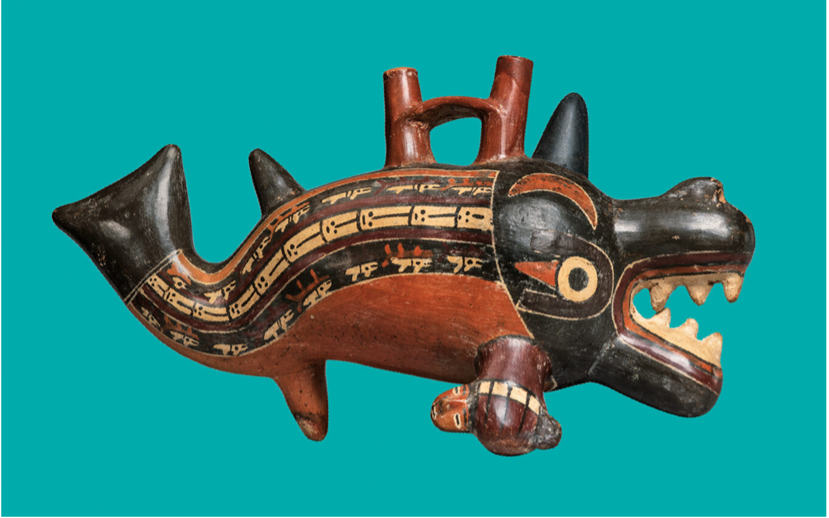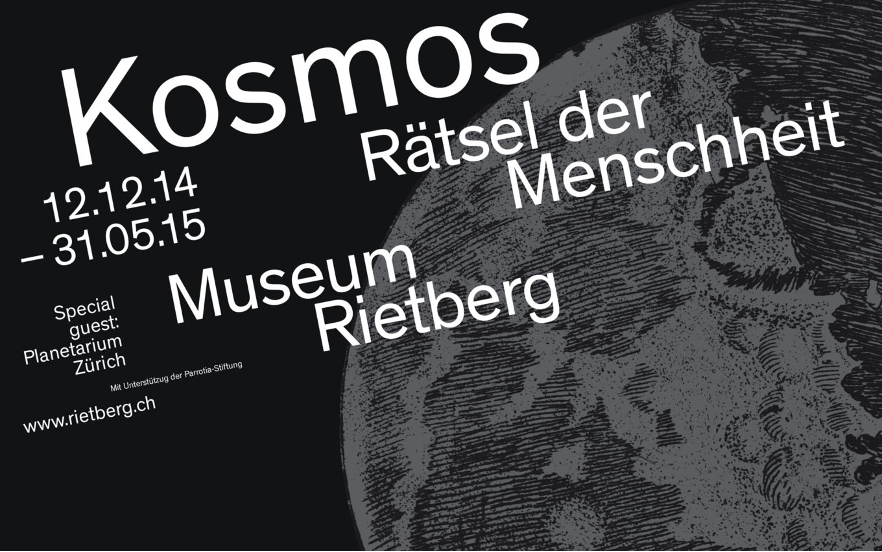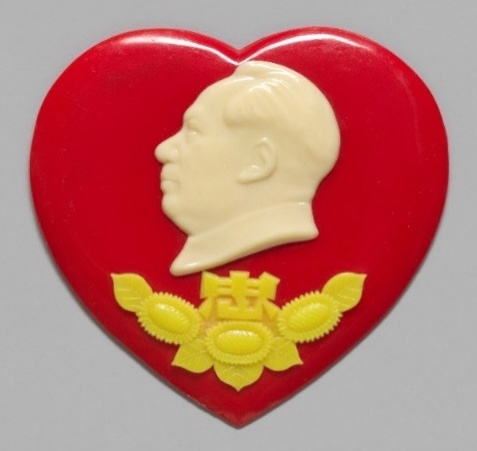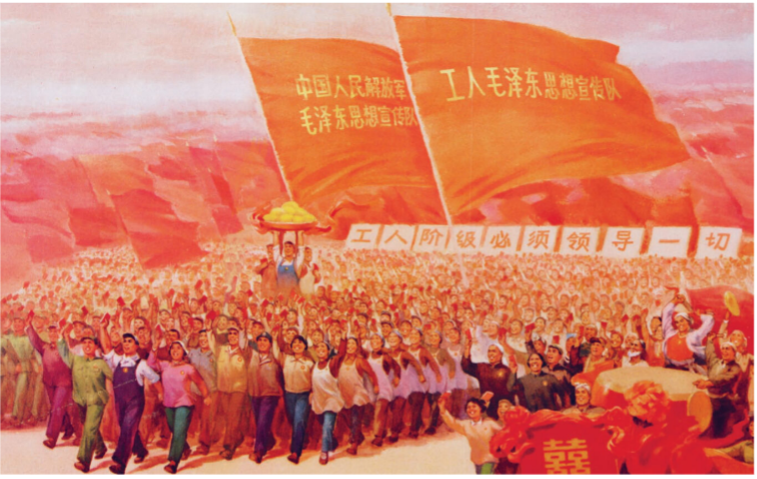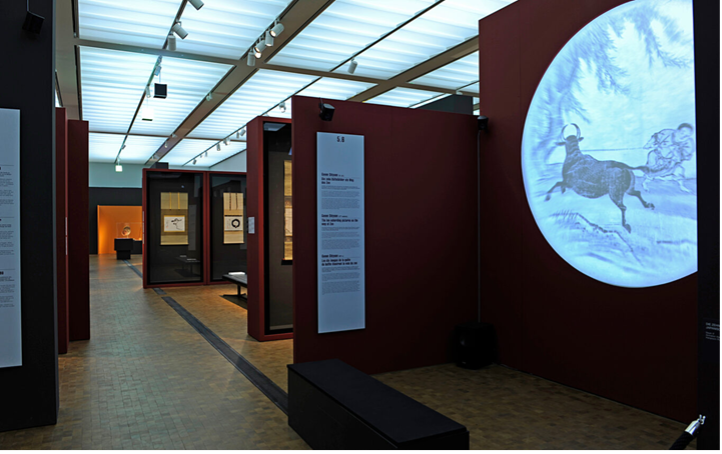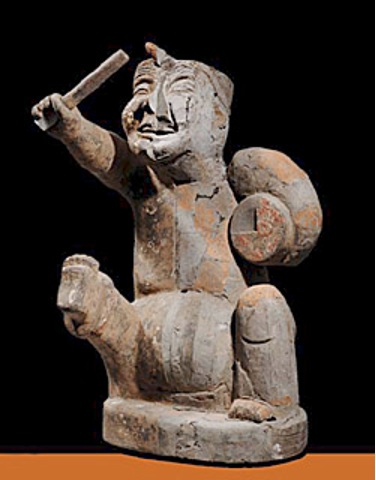Milestones
2024
Benin Dues. Dealing with Looted Royal Treasures
Partnership: VMZ, ISEK and MRZ
The exhibition from 24 August 2024 to 14 September 2025 is based on research by the Benin Initiative Switzerland (BIS). This involved close collaboration between the VMZ and the MRZ in the areas of research and exhibition planning. The provenance research formed a pivotal element of the collaborative endeavours undertaken.
|
|
At the same time, the MRZ presented the exhibition In Dialogue with Benin. Art, Colonialism and Restitution. |
2023
Look Closer. African Art in the Himmelheber Archive
Partnership: KHIST, Department of History and MRZ
Look Closer focuses on the art anthropologist and collector Hans Himmelheber (1908–2003). The exhibition presents the findings of a research project undertaken jointly by the University of Zurich and the Museum Rietberg. In recent years, the museum has received an extensive archive of Himmelheber’s own collection, photographs, and films as well as his private papers.
2022
Being Jain. Art and Culture of an Indian Religion
Partnership: KHIST and MRZ
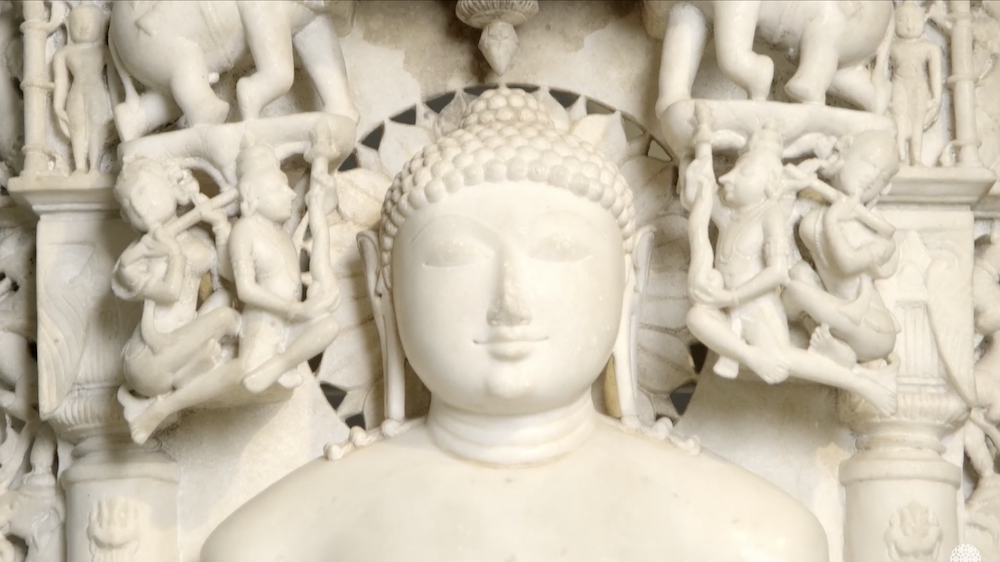
- Film Still from the video «Tirthankara Rishabhanatha» (watch on Youtube)
Combining masterpieces of Jain art and short films on Jain practices, discussions with Jains from all spheres of life as well as tandem tours or playing together "And you? The game of questions”, this exhibition allows insights into the lifestyle fostered by Jainism. In conjunction with the exhibition and an accompanying course, KHIST students created a project as a YouTube video.
2021
Love, Fight, Feast. The World of Japanese Narrative Art
Partnership: AOI Japanese Studies and MRZ
|
|
The exhibition at the MRZ focused on narrative art in Japan, which manifests itself in a wide variety of media and materials. These works demonstrate the close connection between artistic narration and functional use in the Japanese cultural sphere. In collaboration with the Institute for Japanese Studies of the University of Zurich. |
Art of Prehistoric Times. Rock Paintings from the Frobenius Expeditions.
Partnership: KHIST and MRZ
|
|
The touring exhibition invites visitors to explore the mysteries of humanity’s earliest visual worlds. Ethnologist Leo Frobenius sent trained artists on adventurous expeditions to meticulously record rock art, preserving for posterity a vivid, narrative, and strikingly modern image of ancient cultures. |
2019
MIRRORS. The Reflected Self
Partnership: AOI Japanese Studies and MRZ
|
|
The MRZ exhibition offered a comprehensive overview of the cultural and historical significance of mirrors over the millennia. It showed that the most diverse cultures - from ancient Egypt and the Maya to Japan and Venice - not only produced mirrors as everyday objects, but also assigned them symbolic, social and ritual functions. Research contribution by the Chair of Japanese Studies at UZH. |
Hans Himmelheber – Kunst Afrikas und verflochtene Wissensproduktion
Research project: Department of History and MRZ
The interdisciplinary research project Object – Text – Image: Entangled Knowledge Production in Hans Himmelheber's Archive between African Art, Ethnology and the Global Market is located at the interface between ethnology and history. It is a collaboration between the MRZ and the Chair of Non-European History at the UZH Department of History. The aim of the project is to analyse the production of knowledge about African art from multiple perspectives and across local boundaries. The starting point is the archive of the ethnologist and collector Hans Himmelheber (1908–2003), whose theories on the artist's personality have initiated a paradigm shift in the study of African material culture.
Africa Art Archive
Research project: Department of History and MRZ
|
|
At the beginning of Africa Art Archive (AAA) is the project Object – Text – Image. The project is funded by the Swiss National Fund and centres around questions on the production of knowledge on African arts in the Himmelheber archive. The multimedia archive of the art ethnologist gathers more than 930 objects, and 15,000 photographs and films, as well as a rich archive of writings – which is made accessible digitally here for the first time. |
Celadon in Focus: Jade-like porcelains and their masters in Longquan, PR of China
Partnership: VMZ and MRZ
As part of the Celadon in Focus exhibition, the VMZ initiated a collaboration with the Rietberg Museum and its Meiyintang Collection. Joint events and contributions from international celadon masters enriched the project in a sustainable way.
2018
WEALTH, GOOD FORTUNE AND LONGEVITY – CHINESE NEW YEAR PRINTS
Partnership: KGOA and MRZ
The exhibition with its more than ninety prints offers insight into the varied traditions around New Year and similar cyclical annual feasts in pre-modern China. It explains how the prints were used, decodes the symbols they relied on, and recounts the hilarious stories they told.
2017
NASCA. PERU. Searching for Traces in the Desert
Partnership: Department of Archaeology and MRZ
The exhibition at the MRZ presents one of the most comprehensive museum examinations of the Nazca culture (ca. 200 BC - 650 AD) in Europe to date and an archaeologically sound approach to one of the most mysterious cultures of ancient America. In collaboration with the Department of Archaeology UZH.
2016
Dada Afrika. Dialogue with the Other
Partnership: KHIST and MRZ
Timed to coincide with the Dada centenary, this exhibition offers the first scholarly exploration of the movement’s engagement with non-European art and culture. It examines how Dada artists, inspired by the perceived otherness of foreign traditions, sought to disrupt Western norms and reimagine the possibilities of modern art.
2014
The Cosmos. An Enduring Mystery
Partnership: AOI Departments of Japanese and Islamic Studies, Religious Studies, and MRZ
The exhibition at the MRZ used examples from seventeen different cultures to show how people around the world have interpreted the cosmos since time immemorial, using a wide range of myths, world views and celestial observations, right up to the findings of modern astrophysics. Research contributions from the Chairs of Japanese Studies, Religious Studies and Islamic Studies.
2012
The Culture of the Cultural Revolution: Personality Cult and Political Design in Mao's China
Partnership: VMZ and MRZ
|
|
From 26 January to 10 June 2012, the Ethnographic Museum presented the exhibition The Culture of the Cultural Revolution. The exhibition, which originated at the Museum für Völkerkunde in Vienna (present Weltenmuseum Wien), was supplemented by a section on Zurich and Switzerland. |
|
|
Everyday objects and contemporary documents were used to illustrate the pervasive symbolism of the Mao cult and its subsequent commercialisation. The Rietberg Museum was planning an exhibition on the same topic, Mao's golden mango and the cultural revolution, inspired by a donation. |
Both institutions worked closely together to coordinate content and planning. The exhibitions were designed to complement each other and to reflect the perspectives of ethnology (VMZ) and art (Rietberg).
2011
Mysticism. Yearning for the Absolute
Partnership: AOI Department of Japanese Studies and MRZ
A comparative cultural exhibition by the MRZ on the mystical experience as a trans-religious phenomenon. Christianity, Hinduism, Buddhism, Daoism, Islam and Judaism were examined through forty exemplary actors. The exhibition covered the historical and systematic diversity of mystical practices and discourses over a period of more than two millennia. Research contribution by the Chair of Japanese Studies UZH.
2010
Die Kunst des Fälschens – untersucht und aufgedeckt
Partnership: VMZ, KGOA and MRZ
|
|
This exhibition at the Ethnographic Museum took a critical look at the world of forgeries in Chinese art and extended it with its own investigation into the ethnology of authenticity. It was developed in close cooperation with the Museum Rietberg and the University of Zurich, as well as the emeritus chair of East Asian Art History, Prof. Dr. Helmut Brinker. The original exhibition travelled from the Museum of Asian Art in Berlin. |

